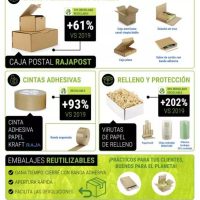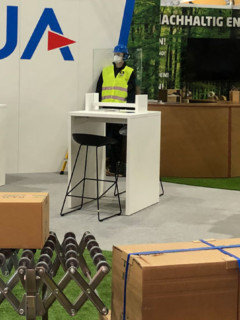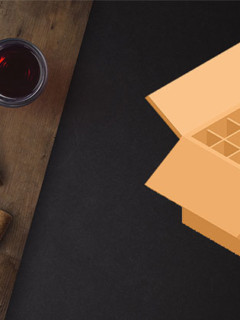Even if the sealed letter has become a rarity these days – we still try to protect our private, valuable or even explosive messages as well as our consignments of goods in particular as well as possible against unauthorised access. If something is sealed (plumbum is Latin and means “lead”), the aim is not to seal the consignment and thus protect it against mechanical influences during transport, but actually to provide maximum security so that no one other than the sender and recipient can open the sealed consignment. Of course: from a purely technical point of view, a galvanised wire with a diameter of just one millimetre is not a great challenge. However, you will not succeed in concealing the unauthorised opening.
Sealing latches
This is exactly what lead-seal closures are all about: Once sealed, the only thing that helps is pure destruction (tearing the unlocking tab or cutting the bar)-and this is visible to everyone! Under certain circumstances, the removal of seals can even be considered the destruction of documents and thus be punishable by law*. By comparing the consecutively embossed serial number between the sender and the recipient, you can be sure that the seal has not simply been replaced by a new one.
In practice, seals are increasingly being replaced by adhesive labels. They fulfil the same purpose as their “robust colleagues” made of plastic or galvanised wire and may be even easier to handle. There are several ways in which unauthorised opening can be made visible – surely everyone has tried to detach a toll sticker (AT: Pickerl; CH: Vignette) from the windscreen, for example! The disadvantage of the “adhesives”: In order to use them reliably, the container to be sealed needs two clear, directly adjoining edges; for containers with a slightly protruding lid, it becomes more difficult. Adhesive labels are also more susceptible to weather influences than their “big brother”. And let’s be honest: last but not least, the appearance may also play a role. The seal made of plastic or wire somehow has a more serious appearance… But both counteract possible unauthorised opening – we give you our seal of approval 😉
Sealing lock with serrated bar
Can be sealed without tools. With consecutively embossed serial number.
Seal lock extra long
Easy to seal without tools and easy to open due to unlocking tab. Consecutive serial number of 7 digits.
Steel security seal
Specially designed for securing containers when exporting or transporting theft-sensitive products. Seal can only be opened with bolt cutters
Cable seals
Steel cables for securing export containers, holds, gates or bins. Can also be used worldwide thanks to customs approval. The serial number makes it impossible to replace.
Customs requirements
When your consignment passes through customs, it is sealed after inspection by the customs authorities. A uniquely assigned combination of numbers and letters is then stamped on with a pair of embossing pliers. This guarantees the so-called identity of the sealed consignment, i.e. the clearly identifiable consignment has not been changed after the inspection. In addition to the official customs seal, customs seals that are not applied by customs authorities may also be used in Germany (so-called Tyden seals or mini-breakaway). For this, however, the consignor must have obtained permission in advance from his competent main customs office (“Authorised Consignor” permit). For this purpose, the seals must in any case have the following characteristics (upon our request to the Customs Information and Knowledge Management, Central Information, Dresden):
- withstand normal use
- be easy to inspect and recognise
- be such that any breakage or removal will leave traces visible to the naked eye
- be made for single use or, in the case of reusable closures, be such that each reapplication can be identified by a single mark; and
- be provided with identification marks
- The shape and dimensions of the closures may vary according to the type of closure, but the closures shall be of such dimensions that the marks are clearly legible.
- The closure markings shall be tamper evident.
- The material must be such that the closures cannot be broken accidentally or counterfeited or reused unnoticed
Further information can be obtained from the Information and Knowledge Management Customs under the search term “Seals















